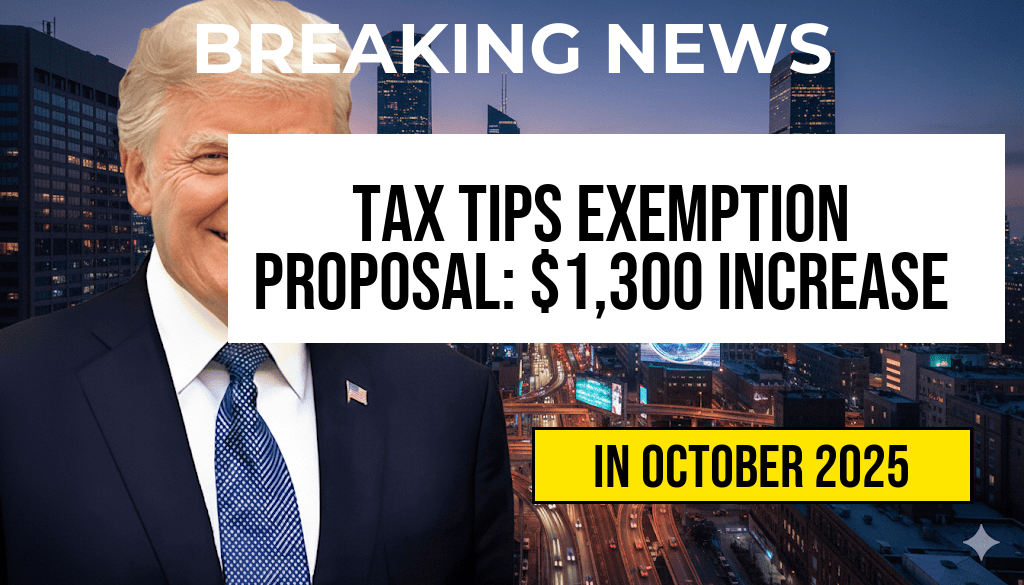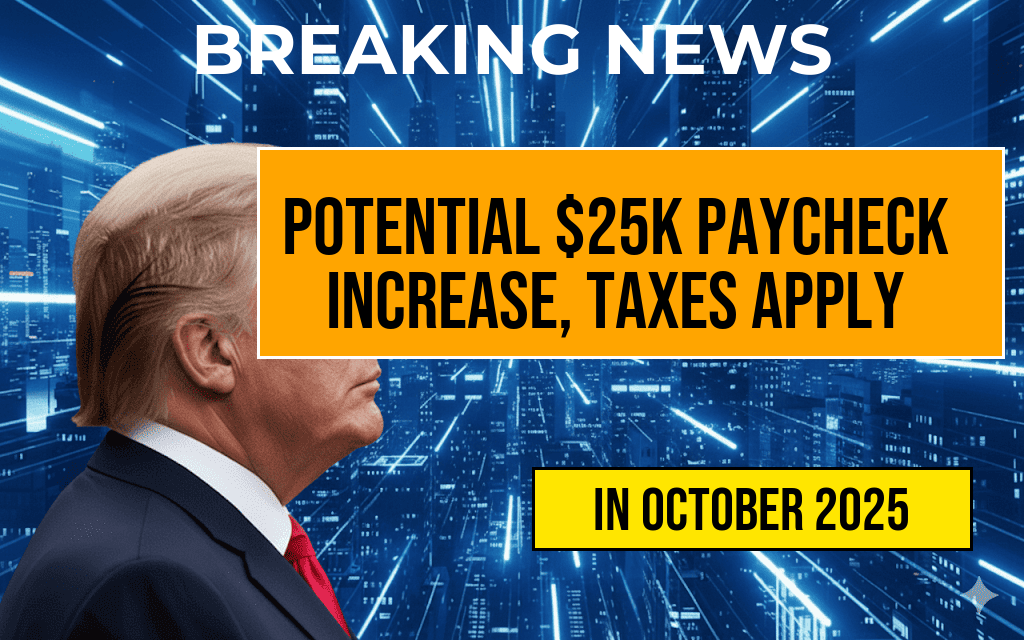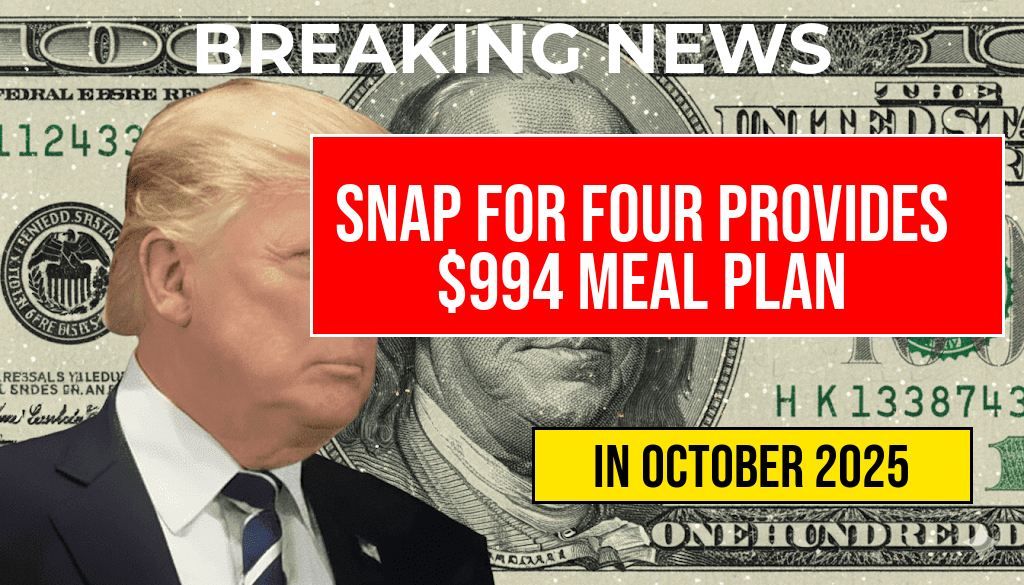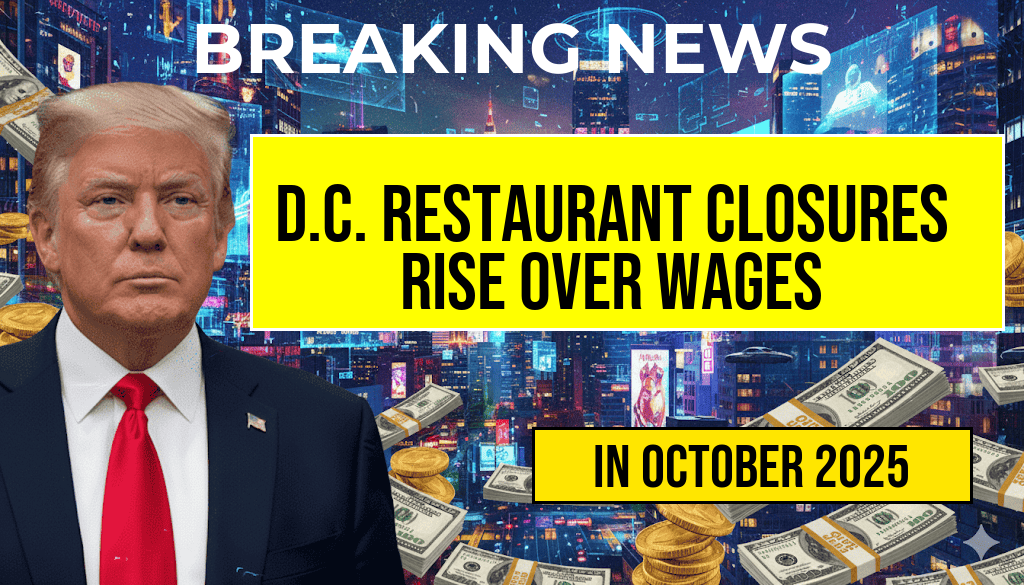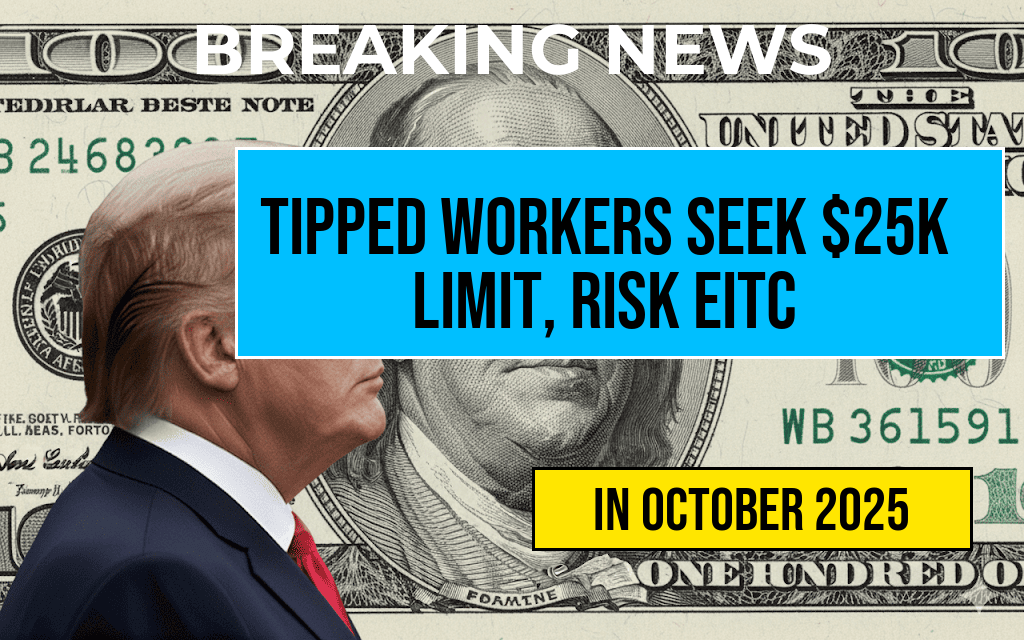Potential $25,000 Pay Increase Through No-Tax Tips, but Payroll Taxes Remain
Recent discussions around employee compensation highlight an intriguing possibility: workers could see their annual paychecks grow by as much as $25,000 through strategic, tax-free benefits and tips. However, while these incentives can significantly boost take-home pay, they do not exempt recipients from payroll taxes such as Social Security and Medicare contributions. As the debate over fair compensation continues, understanding the distinction between taxable income and tax-free benefits becomes crucial for employees seeking to maximize their earnings legally and efficiently.
Understanding No-Tax Tips and Benefits
Employers and employees alike have explored various avenues to enhance compensation without increasing taxable income. These methods include offering tax-free tips, fringe benefits, and reimbursements that, under current IRS regulations, are exempt from federal income tax. When properly structured, such benefits can add substantial value to an employee’s annual earnings, potentially reaching an extra $25,000 for high-income earners or those in industries where tips and benefits are prevalent.
What Are No-Tax Tips?
- Tips received directly from customers: In industries like hospitality and food service, tips are often the primary means of supplemental income and are generally non-taxable if reported correctly.
- Service charges and gratuities: Some employers automatically add service charges, which may be exempt from payroll taxes if classified appropriately.
- Cash tips and voluntary gratuities: When reported accurately, these can be exempt from income tax, provided they meet IRS reporting standards.
Tax-Free Employee Benefits
- Health Savings Accounts (HSAs): Contributions to HSAs are tax-deductible and grow tax-free when used for qualified medical expenses.
- Flexible Spending Accounts (FSAs): Allow employees to set aside pre-tax dollars for healthcare and dependent care costs.
- Transportation fringe benefits: Employers can provide transit passes and parking benefits up to certain limits without adding to taxable income.
- Educational assistance programs: Up to $5,250 annually can be provided tax-free for tuition and related expenses.
Payroll Taxes Still Apply: What Workers Need to Know
Despite the potential to increase gross income through tax-free tips and benefits, payroll taxes remain a fixed obligation for all employees earning wages or tips. These include contributions to Social Security and Medicare, which fund vital social safety nets and healthcare programs. Employers are responsible for matching these taxes, effectively doubling the contribution from the worker’s gross pay.
Breakdown of Payroll Taxes
| Tax Type | Employee Rate | Employer Rate |
|---|---|---|
| Social Security | 6.2% | 6.2% |
| Medicare | 1.45% | 1.45% |
| Additional Medicare Tax | 0.9% (income over $200,000) | N/A |
While certain benefits and tips can reduce taxable income, they do not shield workers from payroll taxes. This means that even a $25,000 boost in gross pay through tax-free avenues still results in mandatory contributions for Social Security and Medicare, which are vital to the social safety net but also reduce net take-home pay.
Strategic Approaches to Maximize Net Income
Employees aiming to optimize their earnings should consider combining tax-efficient benefits with salary planning. Consulting with financial advisors or HR specialists can help identify opportunities such as maximizing contributions to tax-advantaged accounts or leveraging employer-sponsored benefits to reduce taxable income without sacrificing overall compensation.
Key Tips for Workers
- Leverage employer-sponsored tax-advantaged accounts like HSAs and FSAs to reduce taxable income.
- Report all tips accurately to ensure compliance and avoid penalties, while capturing all eligible tax-free tips.
- Understand the limits and rules around fringe benefits to avoid unintended taxable events.
For detailed guidance on tax-advantaged benefits, the IRS provides resources that can help employees navigate complex regulations (IRS Publication 15-B).
Balancing Earnings and Taxes: An Ongoing Challenge
While the prospect of increasing one’s paycheck by up to $25,000 through no-tax tips and benefits is appealing, it’s essential to recognize that payroll taxes will still apply. This means workers should plan their finances with a clear understanding of how different types of income and benefits are taxed. Proper planning can help maximize net income while remaining compliant with federal tax laws.
As the debate over fair wages and tax policies continues, employees are encouraged to stay informed about their rights and options. Exploring legal avenues for increasing take-home pay can lead to substantial financial gains, but awareness of associated payroll obligations remains crucial. For more on payroll taxes and employee benefits, visit Wikipedia’s Payroll Tax page or consult financial professionals for personalized advice.
Frequently Asked Questions
Question
What are No-Tax Tips and how can they increase my paycheck?
Question
How much can I potentially increase my paycheck by using No-Tax Tips?
Question
Are there any tax implications when using No-Tax Tips to boost my income?
Question
Do payroll taxes still apply if I receive No-Tax Tips?
Question
What should I consider before using No-Tax Tips to maximize my paycheck?

